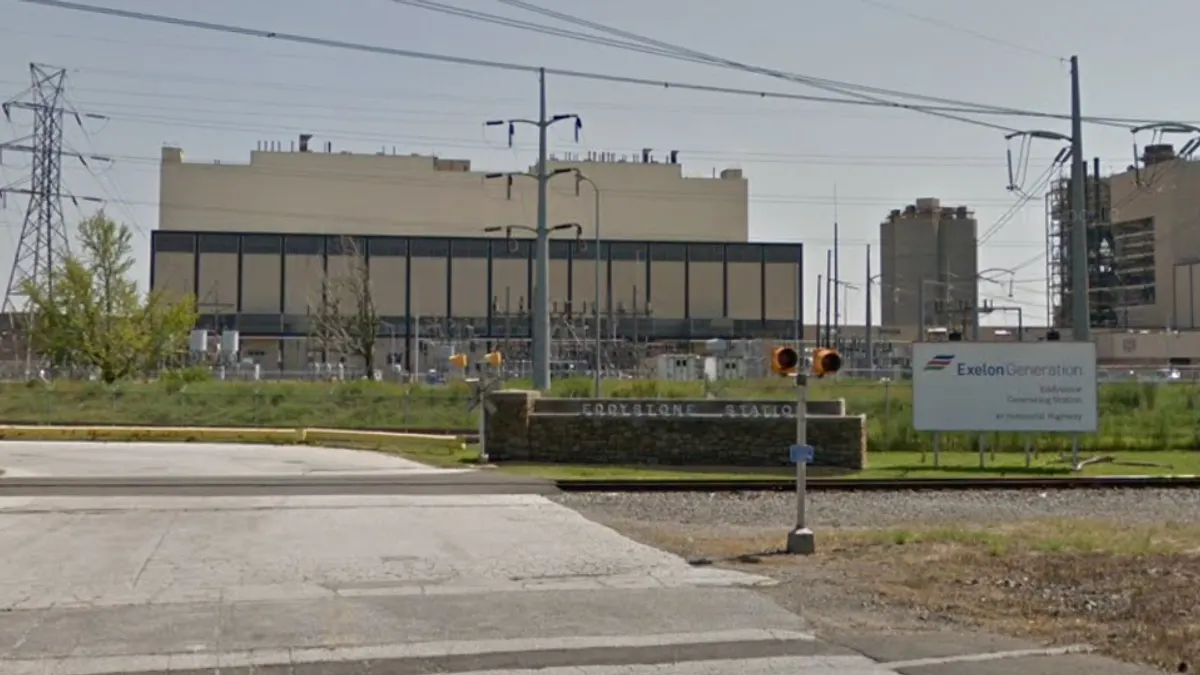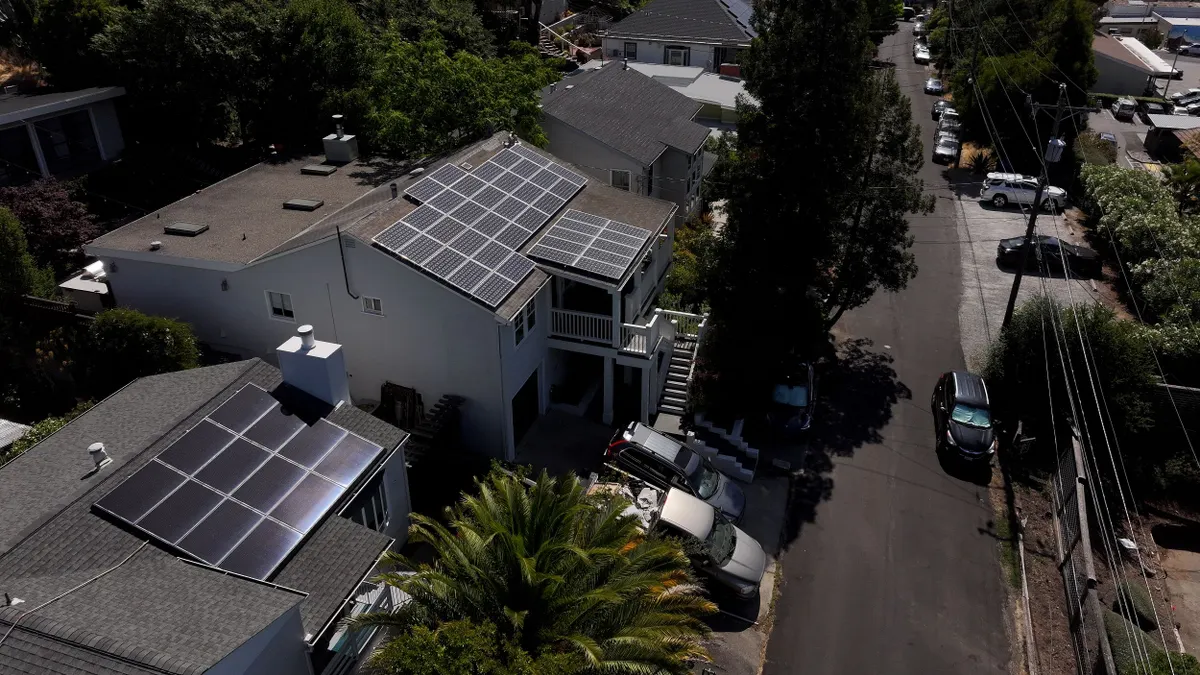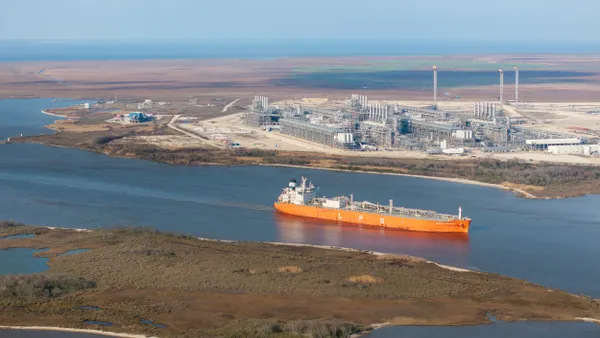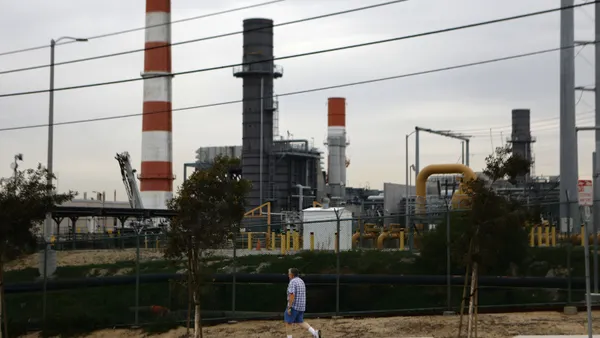Dive Brief:
- Tennessee Valley Authority is experimenting with a new method of handling coal ash, labeled "intelligent compaction," which uses a more granular analysis of the waste and surrounding geology to create impermeable, rock-hard pyramids that can be left in place.
- Critics say the areas near TVA's Kingston and Gallatin plants are prone to sinkholes, Southeast Energy News reports, and advocates have gone to court to stop the practice.
- Last year, Tennessee state agencies sued TVA for violating rules on coal ash disposal at its Gallatin coal plant, alleging coal ash was leaking into groundwater.
Dive Insight:
The disposal of coal ash continues to be an issue for utilities across the country, with advocates typically wanting waste removed from areas where it can impact water supplies and generators pressing to cap the ash ponds in place.
Between the two sides are variety of solutions, including adding liners to the collection ponds, and additional water treatment facilities. A new law in North Carolina, for instance, would allow Duke Energy to cap some ponds in place, so long as it provides clean drinking water to communities near the ash facilities.
TVA is now developing on a new method, involving compacting the ash into solid mountains that can resist rainwater runoff and allow the waste to remain in place. The federally-owned entity is looking to close all of its wet ash storage impoundments within the next four to six years.
"The new ash compaction technology will allow us to prevent safety and environmental issues," said Jason Hill, who manages the compaction program at the Kingston plant. "We wet the ash and mix it to the consistency of cookie dough. Then we lay ash down like pavement and compact it to a density of 95% or greater.”
TVA sends rolling machines over the ash to compact it, similar to how roads are paved. But the machines are equipped with a vibrating drum and sensors that allow operators in real-time to better compact the ash, monitoring in real-time how the mountain is being constructed.
Environmental advocates say the area is not right for this type of solution, according to Southeast Energy News. Both the Kingston and Gallatin plants are constructed on top of karst bedrock, which they say is unstable.
"Kingston has a history of 28 sinkholes and dropouts,” Amanda Garcia, a staff attorney at the Southern Environmental Law Center, told the news site. “A major sinkhole in 2010 caused the liner to break and dumped a large volume of gypsum ash into the groundwater and Clinch River.”













